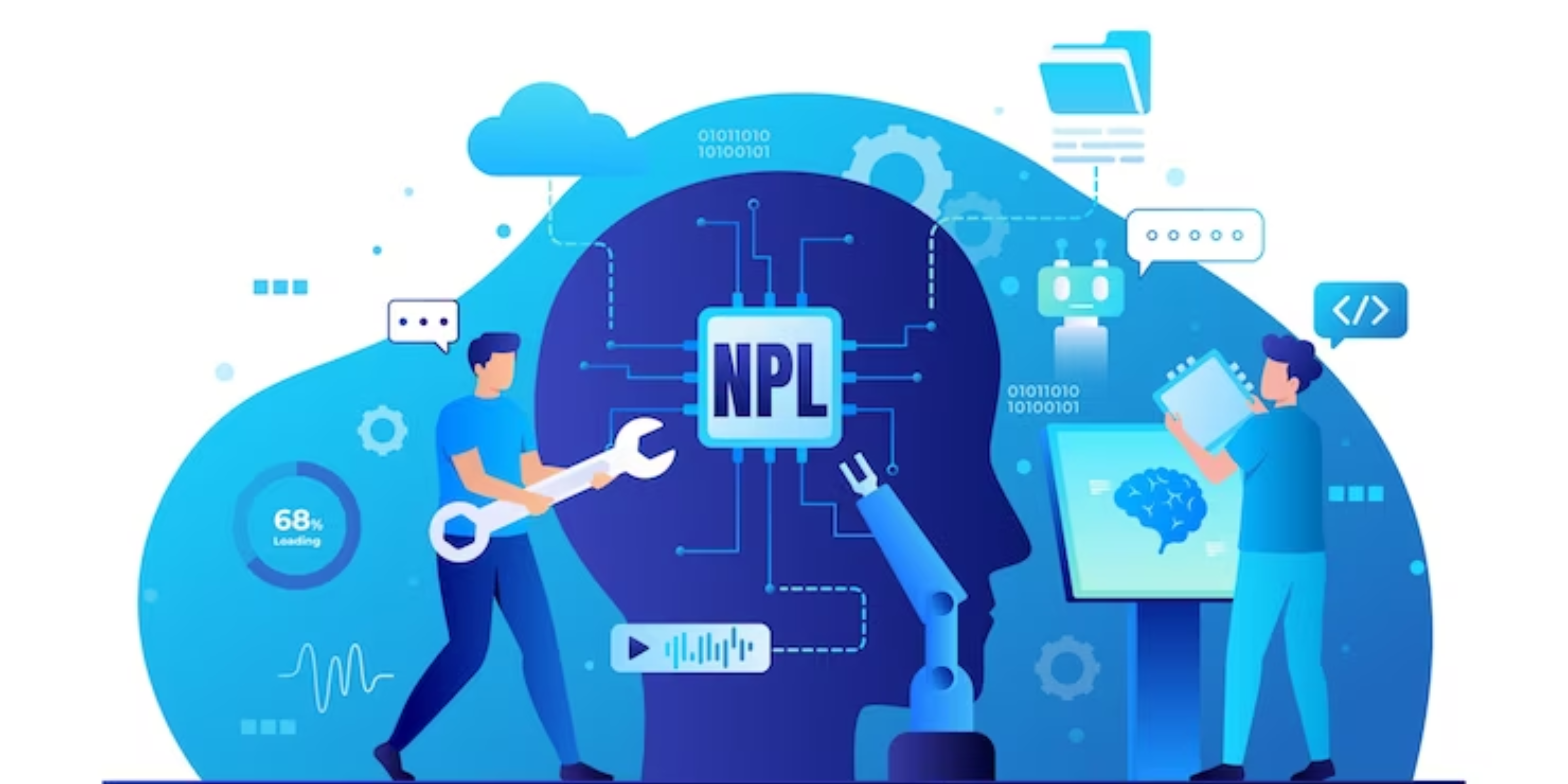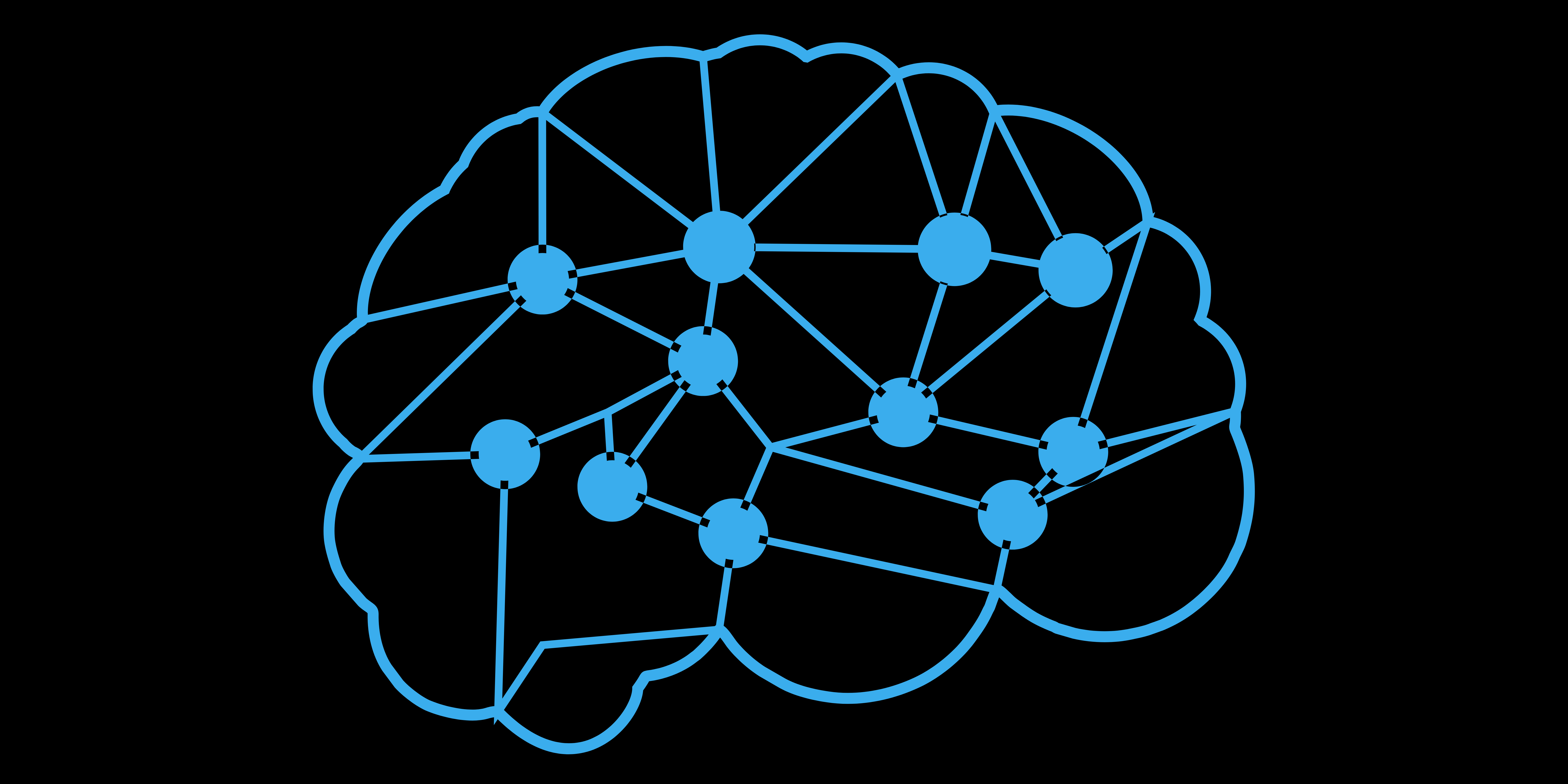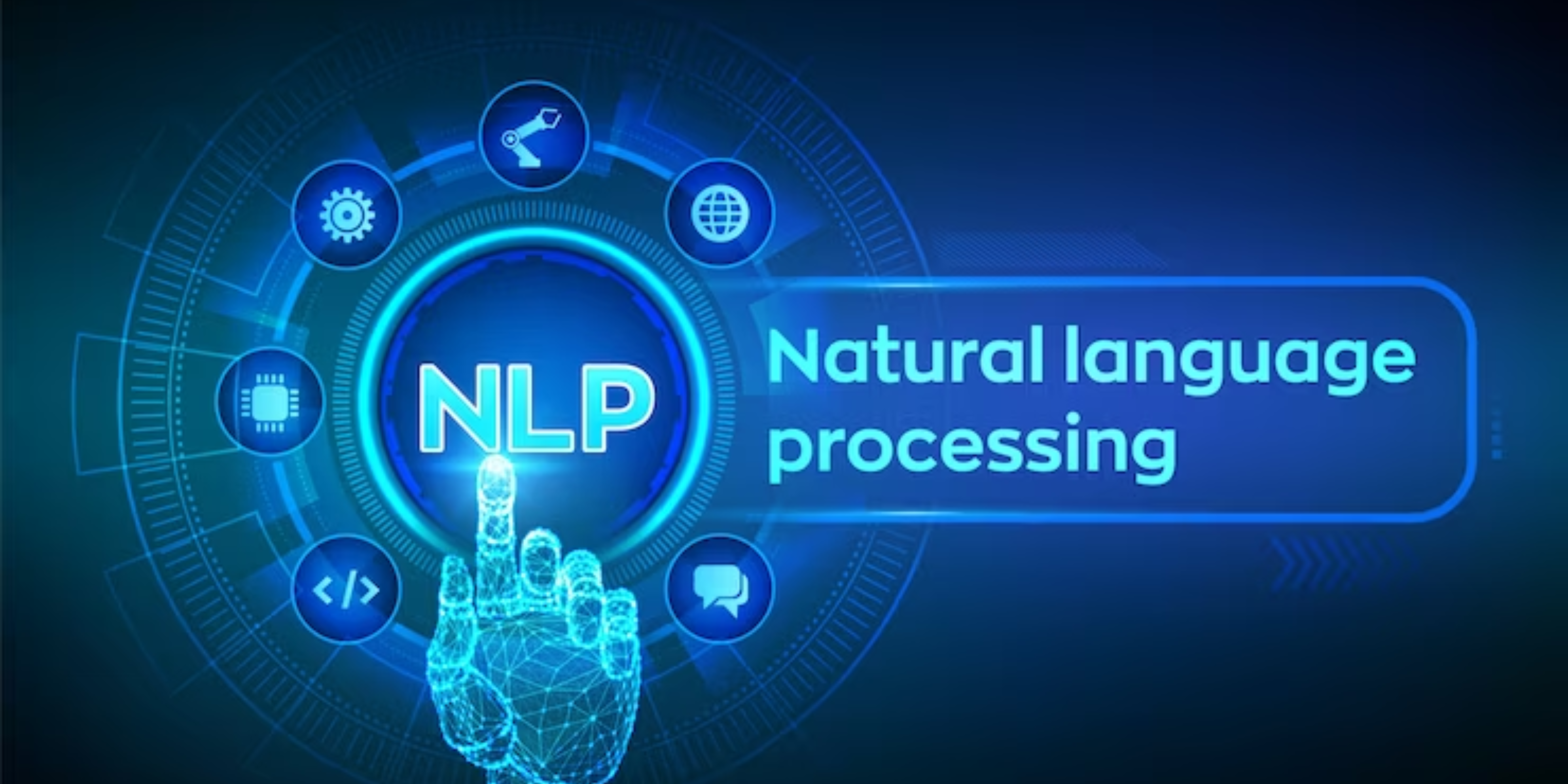Inspironlabs | 6 june, 2023
Natural Language Processing (NLP) offers various functionalities and capabilities that enable the processing, understanding, and generation of human language.
Written by Shivam Pandey
A Natural Language Processing (NLP) system is a computer-based system that is designed to understand and process human language in a way that is like how humans do. It combines various techniques from the fields of linguistics, computer science, and artificial intelligence to enable computers to comprehend, interpret, and generate human language.
Some common functionalities of an NLP system :

Text Classification :
NLP can classify text documents into predefined categories or topics based on their content, allowing for automated categorization and organization of textual data. Text classification is one of the key tasks performed by NLP systems. It involves assigning predefined categories or labels to a given text based on its content. Text classification is widely used in various applications, including spam filtering, sentiment analysis, topic categorization, intent detection, and more.

Sentiment Analysis :
NLP techniques can determine the sentiment or emotional tone expressed in text, such as positive, negative, or neutral. This functionality is useful for analyzing customer feedback, social media sentiment, and brand reputation management. Sentiment analysis, also known as opinion mining, is a specific task within natural language processing (NLP) that focuses on determining the sentiment or emotional tone expressed in a piece of text. It aims to identify whether the sentiment is positive, negative, or neutral.

Named Entity Recognition (NER) :
NLP can identify and extract named entities, such as names of people, organizations, locations, dates, and other relevant information, from text documents, enabling information extraction and data structuring. Named Entity Recognition (NER) is a key task in natural language processing (NLP) that focuses on identifying and classifying named entities within a text. Named entities are specific words or phrases that refer to real-world objects, such as names of people, organizations, locations, dates, monetary values, and more.

Language Translation:
NLP facilitates automatic translation between different languages, enabling the transformation of text from one language to another. Machine translation systems, powered by NLP, can help bridge language barriers. Language translation is a fundamental task in natural language processing (NLP) that involves converting text or speech from one language to another. NLP systems designed for language translation, also known as machine translation, employ various techniques to enable automated translation between languages.

Question Answering :
NLP allows for the development of question-answering systems that can understand and respond to user queries, extracting relevant information from textual data and providing appropriate answers. Question Answering (QA) is an important task in natural language processing (NLP) that focuses on developing systems capable of answering questions posed in natural language. QA systems aim to understand the context and extract relevant information from text sources or a knowledge base to provide accurate and concise answers to user queries.

Speech Recognition and Synthesis :
NLP includes functionality for converting spoken language into written text (speech recognition) and transforming written text into synthesized speech (speech synthesis), enabling voice-based interactions and accessibility. Speech recognition and synthesis are two important components of natural language processing (NLP) systems that deal with spoken language. Speech recognition focuses on converting spoken language into written text, while speech synthesis involves generating spoken language from written text.
1. Speech Recognition :
- Audio Input : The system receives audio input, typically in the form of spoken words or sentences.
- Acoustic Processing : The audio signal is processed to extract acoustic features, such as frequency, duration, and intensity, which help in representing the speech signal.
- Feature Extraction : The system further processes the acoustic features to extract relevant information, such as Mel-frequency cepstral coefficients (MFCCs) or filterbanks, which capture the spectral characteristics of the speech signal.
- Acoustic Modeling : The system uses acoustic models, such as Hidden Markov Models (HMMs) or deep neural networks (DNNs), to map the acoustic features to phonetic units or sub-word units.
- Language Modeling : The system employs language models to incorporate linguistic context and improve the accuracy of recognition. Language models estimate the likelihood of word sequences to guide the decoding process.
- Decoding : The system performs decoding using algorithms like dynamic programming or beam search to find the most likely sequence of words that corresponds to the input speech.
- Output : The recognized speech is converted into written text, which can be further processed and analyzed by other NLP components.
2. Speech Synthesis :
- Text Input : The system receives written text as input, such as sentences or paragraphs.
- Text Processing : The system processes the text input, including tasks like tokenization, part-of-speech tagging, and syntactic parsing, to extract linguistic features.
- Prosody and Pronunciation Modeling : The system determines the appropriate prosody (intonation, stress, rhythm) and pronunciation for the given text. This involves modeling the relationships between linguistic features and acoustic parameters.
- Acoustic Modeling : The system employs acoustic models, often based on deep neural networks (DNNs) or concatenative synthesis, to generate the appropriate speech waveform based on the linguistic and prosodic information.
- Synthesis : The system generates the speech waveform by combining the acoustic models with signal processing techniques, such as vocoding or waveform generation methods like Wave Net or Taco Tron.
- Output : The synthesized speech waveform is produced, which can be played back or further processed for various applications.

Text Clustering and Topic Modeling :
NLP techniques can group similar documents together based on their content, allowing for the identification of common themes, topics, and patterns within textual data. Text clustering and topic modeling are two techniques in natural language processing (NLP) used to analyze and organize large collections of text documents based on their similarity and underlying topics. While both methods aim to uncover patterns and structures in textual data, they serve different purposes.
 +91-789-269-7903
+91-789-269-7903 +1-206-922-2057
+1-206-922-2057


